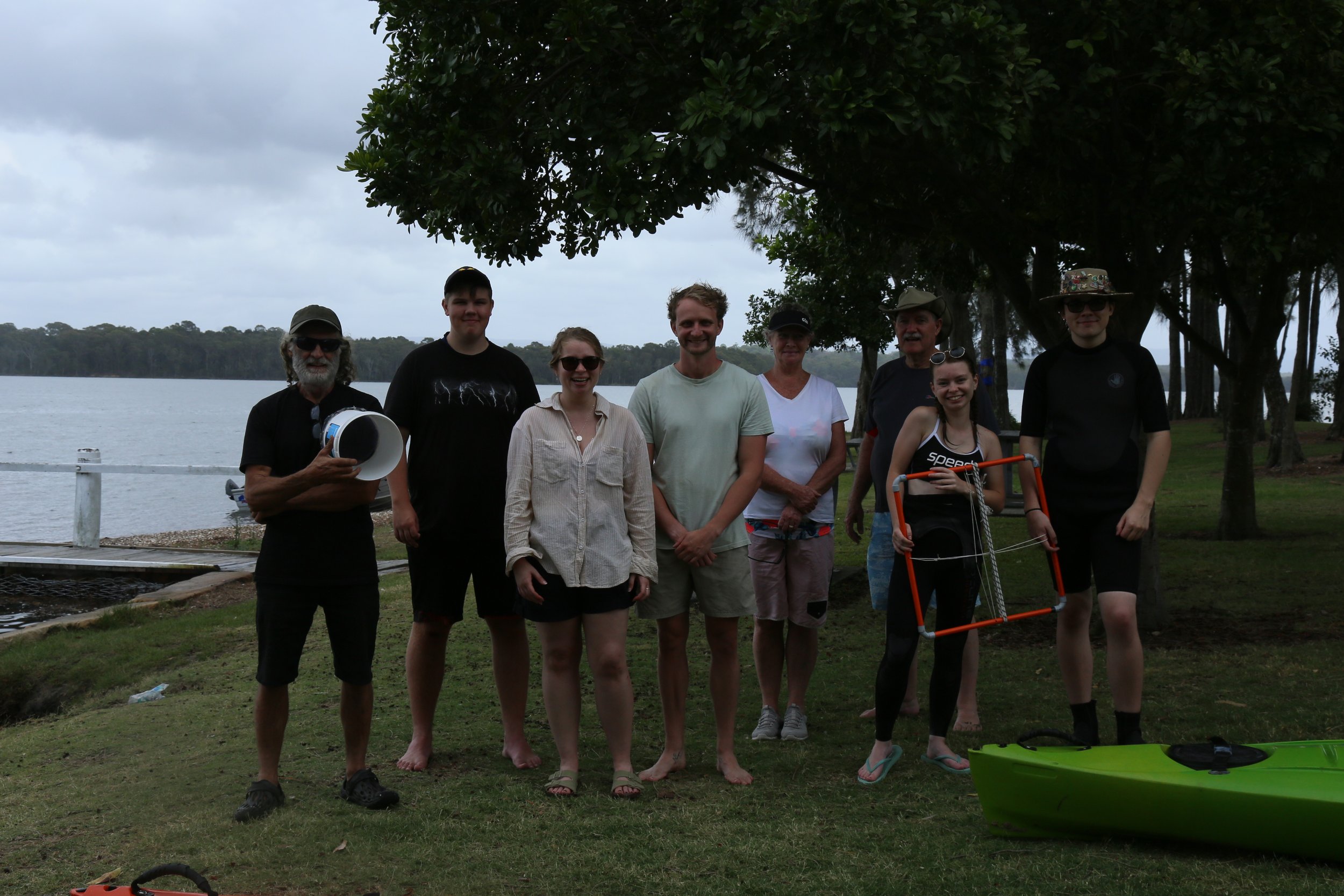
CITIZENS SEAGRASS SURVEY 2024
CITIZENS SEAGRASS SURVEY 2024
Thermal pollution from Vales Point and Eraring power stations has stripped Southern Lake Macquarie of its once-abundant seagrass beds. We invite you to join our push to see Lake Mac make a full recovery from coal power station pollution impacts!
NOTE: We currently await permission from DPI Fisheries to undertake seagrass rhizome sampling before confirming a date for this years Citizen Science Day - sign-up to stay in the loop and for notice of the date!

Evolved from land-based species, seagrasses are flowering plants found in coastal waters in temperate and tropical climates.
Seagrass provides essential habitat for marine species, stabilizes shorelines and are a highly-effective carbon store.
In Southern Lake Macquarie, four species are present: Halophila ovalis (“Paddleweed”), Zostera muelleri (“Eelgrass”), Ruppia and the Endangered Posidonia australis.
In Wyee and Myuna Bays’, decades of thermal pollution from the Vales Point and Eraring coal fired power stations has driven both incremental and abrupt losses of seagrass extent. The gradual replacement of Zostera with the more thermally-tolerant Halophila has also occurred.
Seasonal thermal plume imaging in Southern Lake Macquarie
Source: Ingleton, T., and McMinn, A. 2012. Thermal plume effects: A multi-disciplinary approach for assessing effects of thermal pollution on estuaries using benthic diatoms and satellite imagery, Estuarine, Coastal and Shelf Science, Vol 99, 2012, 132-144
When cooling water is released back into lake via power station outlets, it has been treated with chlorine and other chemicals and heated by an average of 10⁰C, causing adverse impacts to seagrass within two kilometers from the outlet.
Vales Point power stations thermal pollution has been discharged up to 11.3⁰C above average ambient Lake temperatures in Winter and 15.7⁰C above ambient temperatures in Summer.
No power station built anywhere in the world today would be approved to discharge thermal pollution with these vast temperature differentials.
Since 1956, coal power stations have been using tens of gigalitres of Lake water every day to operate.
Origin Energy is permitted to discharge up to 11.8 billion litres (GL) a day into Myuna Bay from Eraring and Delta Electricity’s Vales Point is allowed to discharge up to 6.5 billion litres (GL) a day into Wyee Bay.
HCEC estimates that these volumes combined circulate six times the entire volume of the Lake annually through the power stations cooling water systems.
The maximum temperature at which Lake Macquarie’s coal power stations can discharge their cooling water is 38.5 degrees celsius, but Zostera seagrass has been documented to be adversely affected by temperatures of just 30°C.
How does thermal pollution impact Lake Macquarie’s seagrass & fish?
• Loss of seagrass in the vicinity of cooling water outlets;
• Replacement of zostera with halophila in Wyee Bay;
• Increased temperature changes fish distribution
• Less snapper, squid, tailor, mullet, leather jackets, cardinal fish, glassy perchlets, goatfish, and toadfish,
• More tarwhine, silver biddy, bream and southern butterfish;
• Since Munmorah power station decommissioned in 2012, Zostera re-established close to the cooling water outlet.
Healthy Zostera bed, Marks Point
Zostera/Halophila bed, Marks Point
Zostera/Halophila bed, Marks Point

Resources & Research
Lake Macquarie SMART Buoy data, 19 December 2023 – 24 January 2024 which was unavailable on the public dashboard due to a technical problem. Requested January 2024, supplied by NSW EPA, 3/04/2024.
So, what’s the solution to Lake Mac’s seagrass loss?
The publication of our most recent report, Delta’s dirty deeds: done dirt cheap in 2023 saw HCEC issue two key recommendations pertaining to seagrass health and restoration:
To encourage the rejuvenation of Zostera seagrass within Wyee Bay, a study be undertaken that determines ambient water quality, appropriate seasonal temperature differentials, seagrass sensitivity, and the assimilative capacity of Wyee Bay, and EPL 761 be varied accordingly to incorporate a scientifically established thermal mixing zone south of Wyee Marina.
To offset seagrass loss in Myuna and Wyee Bays, a Lake Macquarie Seagrass Trust be established with funding of $12M a year from Delta Electricity and $8M a year from Origin Energy to enhance seagrass meadows within Lake Macquarie and replace seagrass damaged and killed by the operations of Vales Point and Eraring power stations.

Citizen science is central to our goal of seagrass restoration
Our annual Citizen’s Science sessions are a great way to connect with lake locals and learn first-hand about thermal pollution impacts at play in the estuary, whilst contributing to the solution! In 2024, we will commence gatherign field data to inform a plan for the full restoration of seagrass lost from coal power impacts in Southern Lake Macquarie.
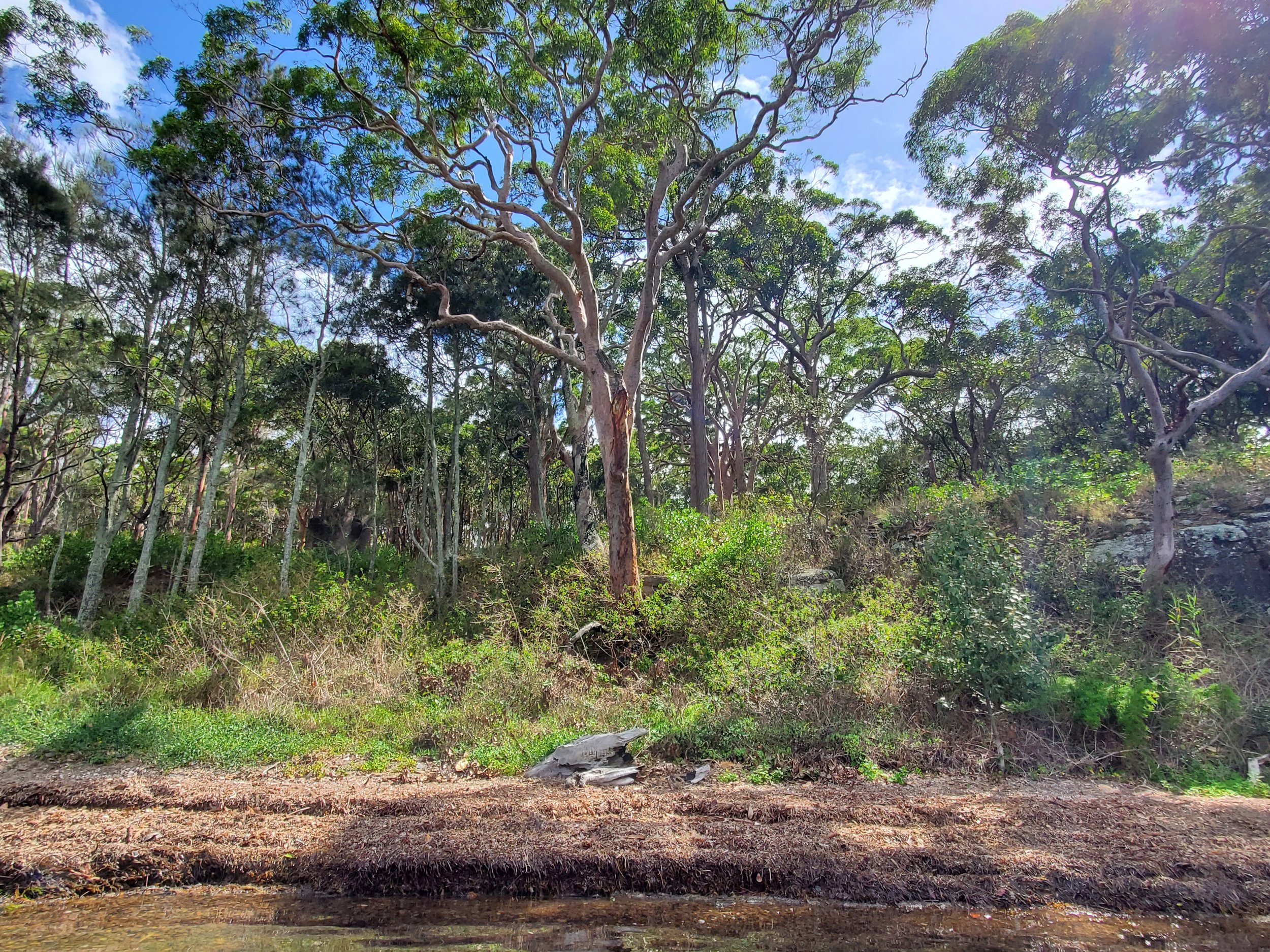
Zostera lines the shore of Myuna Bay beneath an Angophora costata
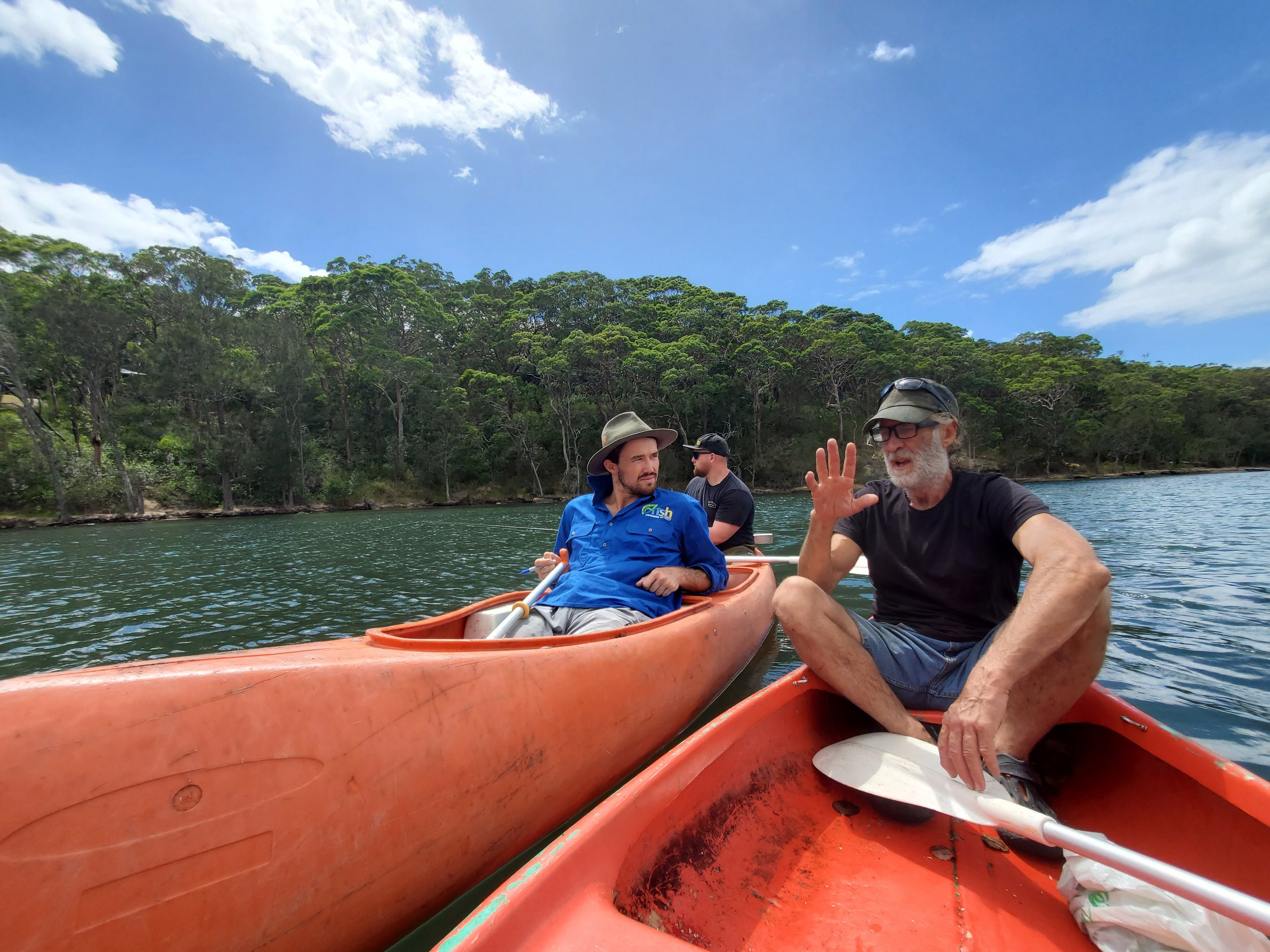

Eraring power station
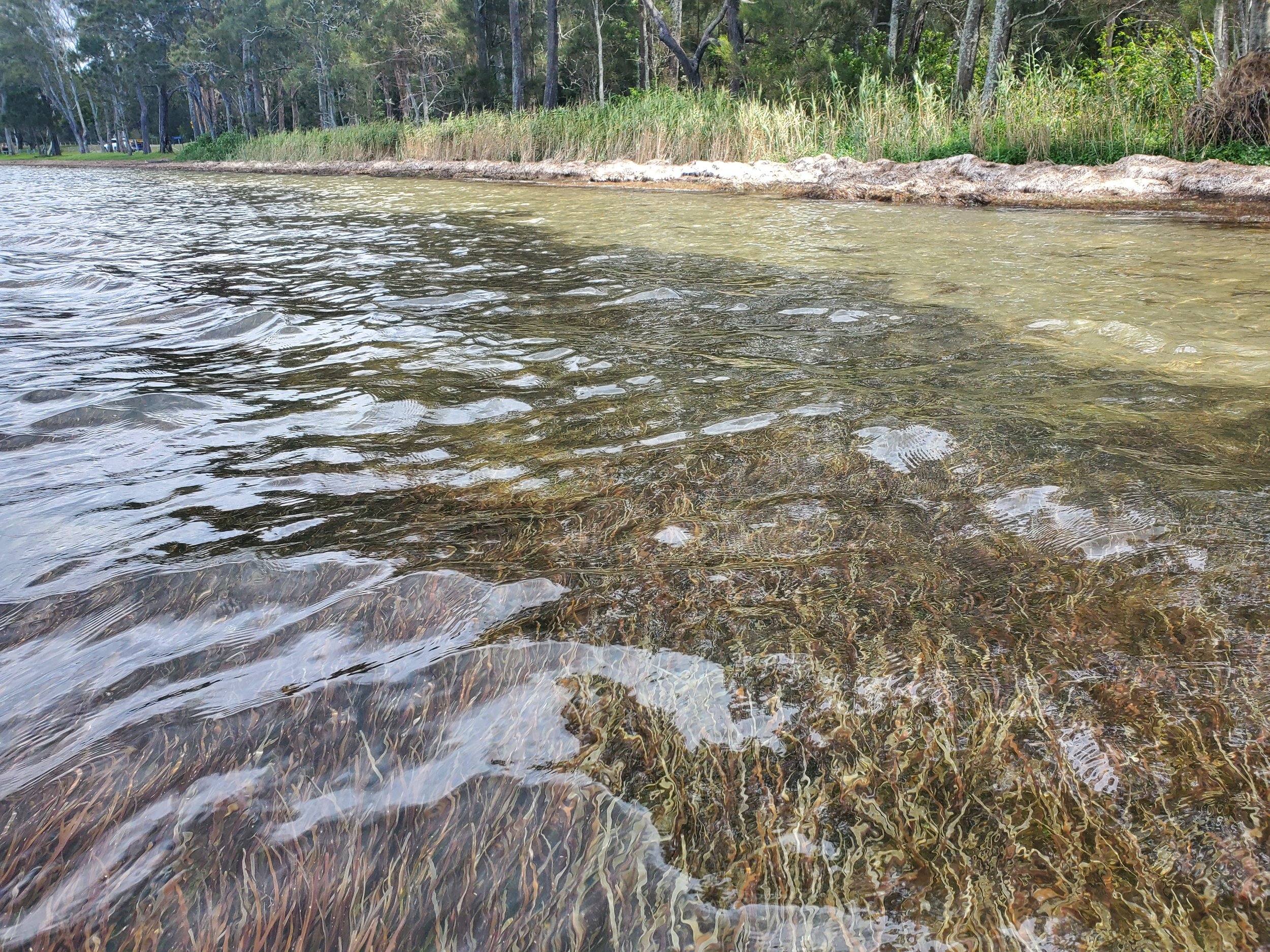
Zostera bed
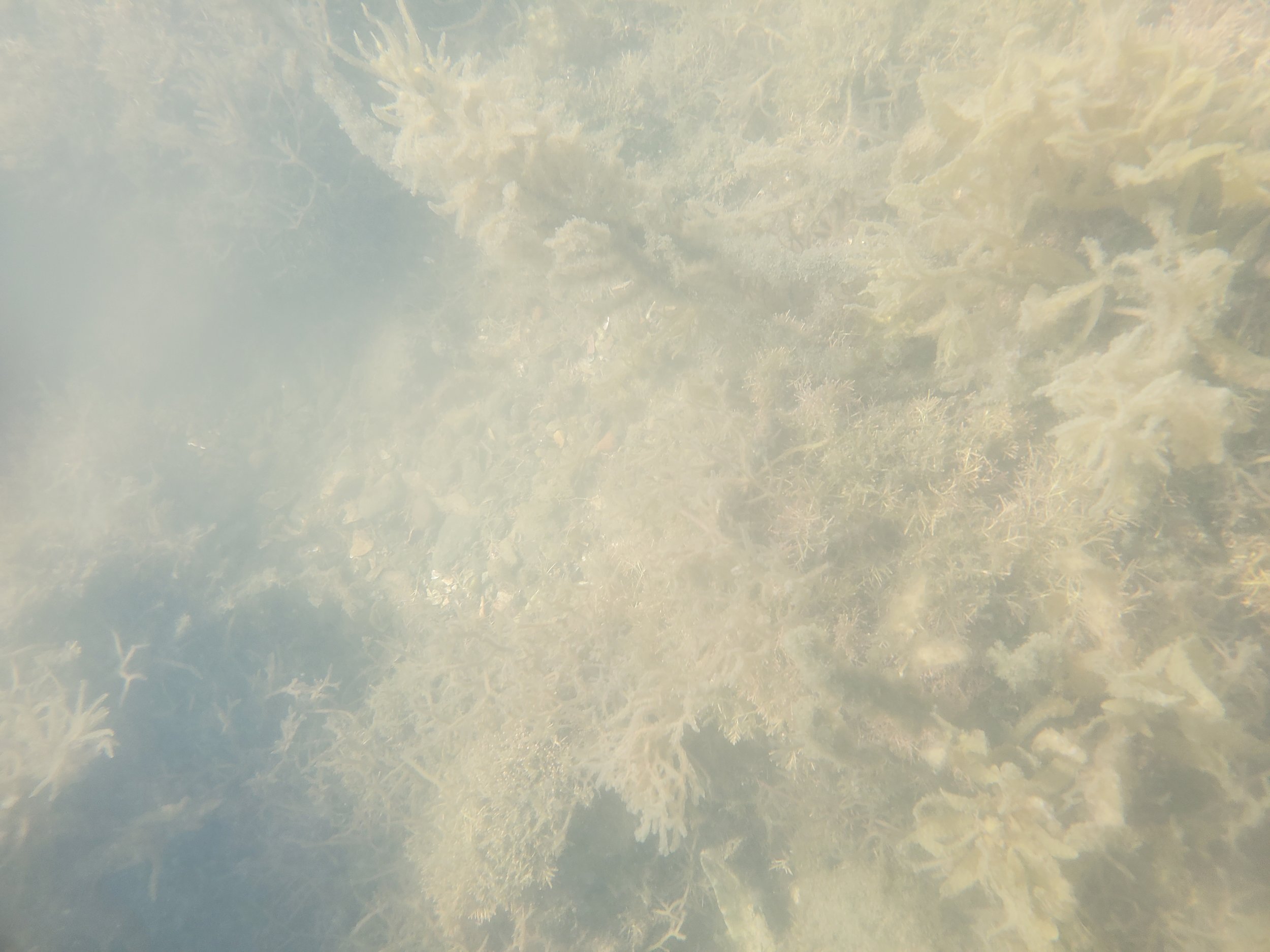
Algae bed

Seagrass scouting, Feb 15, Myuna Bay
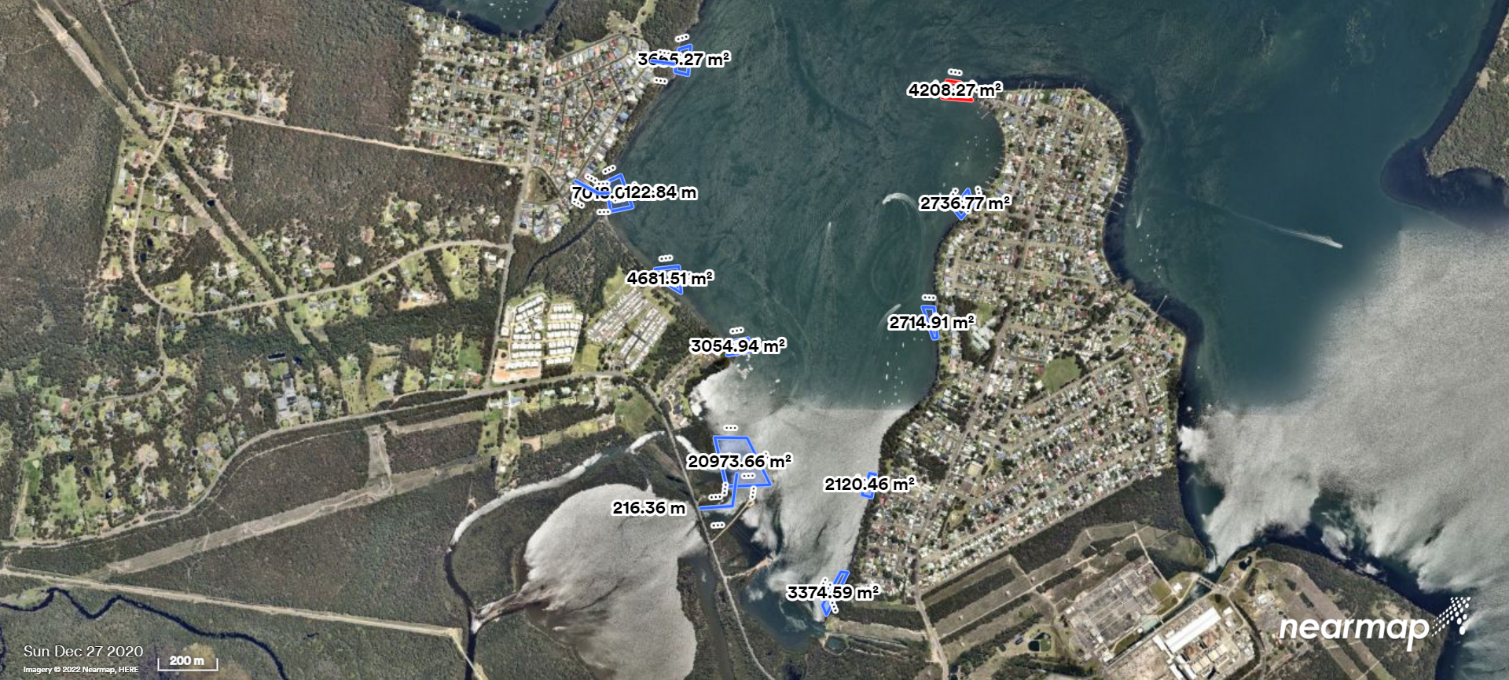


Citizen Seagrass Survey, August 6th 2022, Wyee Bay






Citizen's Seagrass Survey, July 2021, Myuna Bay








